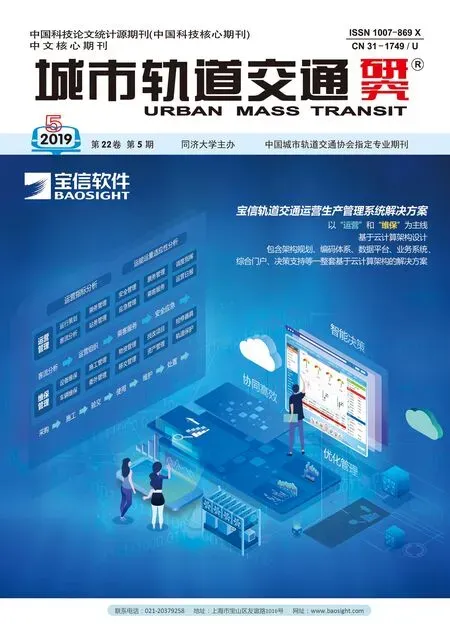铁路总公司回应“买短乘长”现象 改进提高运输服务
2019-03-18郭淼
据中国之声《新闻和报纸摘要》报道,针对近日有网友反映5月1日5022次(青岛至曹县)和K8372次(江山至淮北)普速旅客列车部分旅客“买短乘长”致列车超员的情况,中国铁路总公司有关部门负责人5月4日进行了回应。铁路部门说,对于发生的一些令人不愉快的现象,给一些旅客带来了困扰,表示歉意。今后铁路部门将采取以下措施,更好地做好假日旅客运输组织服务工作:针对部分运能紧张区段补强运力,科学安排运输组织;加强列车宣传引导和秩序管控,引导广大旅客按车票票面标明的车次、区段、座号乘车,不要“买短乘长”、越站乘车。铁路部门将认真听取社会意见建议,采取有效措施更好地改进提高假日运输服务工作,并请有关部门增加诚信记录内容。
(摘自2019年5月5日央广网,记者郭淼 报道)
(Continued from Commentary)
which is the change of “standing on the right, walking on the left” clause. In Article 1, “no walking or running on escalator” is expressly stipulated.
In view of the safety and scientific nature of the “standing on the right, walking on the left on escalator” issue among passengers, experts from Shanghai Institute of Special Equipment Supervision and Inspection Technology have made an analysis from a professional point of view. They believe that the “left-right” issue on escalator is neither safe nor scientific, therefore should not be advocated.
Let’s start with a real case. A year ago, Shanghai Intermediate Court of Railway Transport dealt with a case over the escalator. A male passenger behind a 50-year-old lady wanted to surpass her forcibly on the left side, and eventuated in the serious fracture of her tibia and fibula. After determining the costs incurred by the injured woman, the court finally awarded compensation to the injured woman for 110 000 RMB. The case indicates that walking on the escalator has certain risks to every passenger.
The current national standard GB16899—2011 “Safety Code for Installation of escalators and automatic sidewalks” does not refer to “standing on the right, walking on the left”. On the contrary, there is a directive provision of “holding the handrail belt”, which requires passengers to hold the handrail belt when they step on the escalator, but no expression that they can walk on the escalator. The above standards also stipulate that escalators can’t be used as ordinary stairs, because the height limit of escalator step is about 0.24 m, while the height of ordinary staircase step is 0.13-0.18 m stipulated by the state. When walking on the running escalators, people are likely to fall due to inadaptability, that will possibly bring down other passengers.
“Standing on the right, walking on the left” is easy to cause elevator parts wear and tear. According to a test, under the same situation, after implementing the “standing on the right, walking on the left” practice, the imbalance of the combined dynamic load and static load is created on the cascade, resulting in faster wear and tear on the cascade roller. Such wear and tear will lead to slight inclination of escalator, worsen the wear of baffle on both sides and comb plate, and ultimately affect the service life of escalator.
Up to now, many countries and regions have canceled the regulation of “standing on the right, walking on the left”. For example, Toronto in Canada has removed the advocating of “standing on the right, walking on the left” because of more than 100 injured people on escalators yearly; Seoul Metro has canceled the regulation of “standing on the right, walking on the left” on escalators; Japan is vigorously promoting the safe and correct way, requiring passengers “Don’t walk, don’t run” on escalators. Hong Kong China has also stopped advocating “standing on the right, walking on the left” in recent years, and replace it with the tips of “holding the handrail, standing firm”.
In summary, it is not only reasonable, fair and lawful to change the habit of “standing on the right, walking on the left” while taking escalators, but also reflect the epistemological principles that any rules and norms should keep pace with the development of practices and the times. In the concept of philosophy, practice and cognition, re-practice and recognition will cycle back and forth to infinity, then each cycle of practice and knowledge will comparatively advanced to a higher level.
